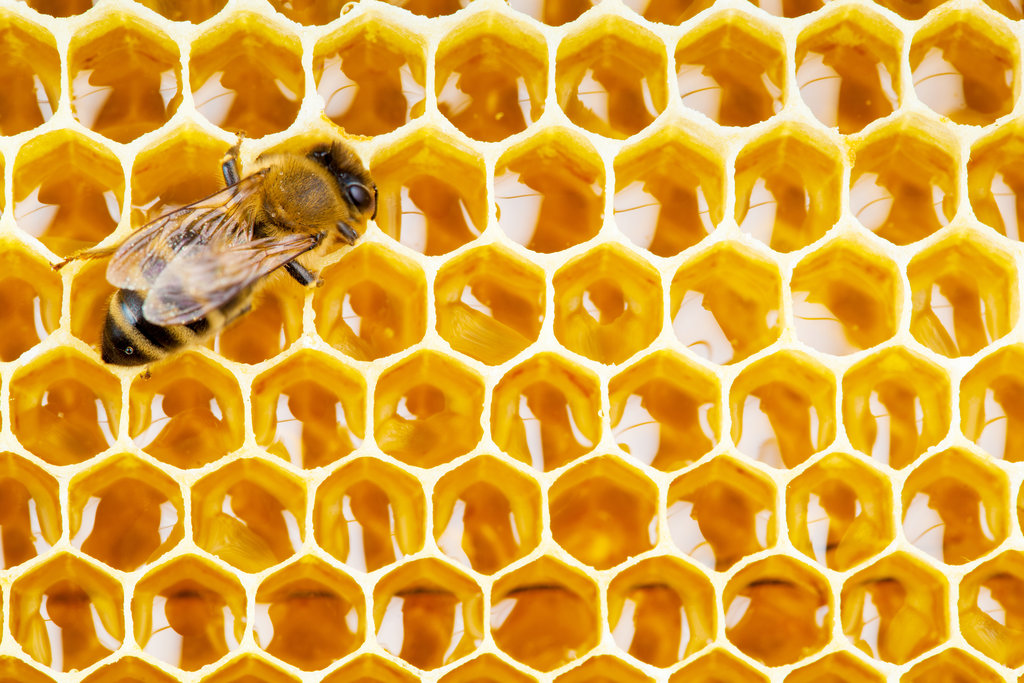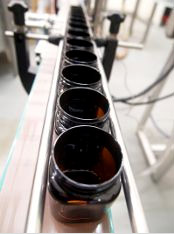
Keeping Bees.
In beekeeping, each year begins in spring.
Keeping the worker bees happy and healthy is the most important part of good beekeeping, to make sure they produce a good crop of honey.
Colonies are checked and given room to expand. The bees must be healthy and strong, ready to collect the nectar when the blossoms appear. The bees must be kept safe from predators, parasites and infection.
Honey itself is a complicated mixture of natural sugars, enzymes, pollen, water and minerals. The taste varies based on the flowers that were available for the bees to forage.
Each harvest has it's own unique characteristics, and being able to recognise and preserve quality is our business.
The Nectar Flow
When the flowers bloom they produce sweet nectar which the bees collect and take back to the hive to turn into honey. Starting with a wax foundation the bees draw out the honeycomb and fill it up with delicious honey. They make the honey by adding natural enzymes to the nectar and then fanning their wings to reduce the moisture so it does not ferment.
At the end of the flow the frames full of honey are taken out of the hive for extraction. Keeping stores for the bees is also important so that the colony has enough honey stored to last the winter.

Harvesting Supers
When the bee boxes (Supers) are full of honey they are harvested. Making sure to leave enough honey behind for the bees the full boxes are loaded onto the truck and taken to their special room at the extraction plant.
Spinning Frames
In the extraction room the full frames are unloaded from the boxes onto the uncapping line where each frame of honeycomb passes through the uncapping knife and then the pricker. This exposes and loosens the honey so it is ready ready for spinning.
These frames are transferred into the extractor then spun around for several minutes at very high speed. The honey flies off the comb and onto the walls due to centrifugal force and then collects in the base where it is transferred to specially lined drums for storage.
Bottling Honey
All honey will crystallize in time, so to ensure a great consistency we cream it using our special soft set process.
When it is time to bottle the honey drums are gently melted using the same temperature as found inside the beehive. The honey is then pumped into the creamer and churned until it is soft set. Then it is ready for bottling.
Each bottling machine can fill up to 3000 jars per day and each batch is between 2 and 8 drums. From here it is labelled, put into cartons, loaded onto pallets, wrapped up and it is ready to ship.


Safety In the Supply Chain
We understand how important it is to have brands that you can trust. Knowing that you and your loved ones are safe is important to us, so we are committed to the following three values:
Traceability - All honey products can be traced from the apiary to the store.
We conduct audits of every premise used.
Testing - We check every single batch to ensure strict quality control using independent, ISO 17025 certified laboratories.
Taste - Only the finest honey deserves The Honey Store label. We work hard to ensure that each batch achieves our standard of excellence.
